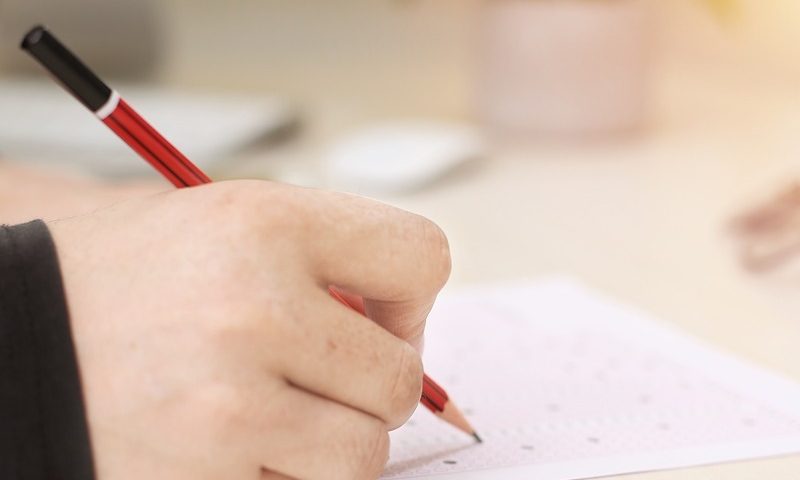Holocaust Museum
[fusion_builder_container hundred_percent=”no” equal_height_columns=”no” menu_anchor=”” hide_on_mobile=”small-visibility,medium-visibility,large-visibility” class=”” id=”” background_color=”” background_image=”” background_position=”center center” background_repeat=”no-repeat” fade=”no” background_parallax=”none” parallax_speed=”0.3″ video_mp4=”” video_webm=”” video_ogv=”” video_url=”” video_aspect_ratio=”16:9″ video_loop=”yes” video_mute=”yes” overlay_color=”” video_preview_image=”” border_size=”” border_color=”” border_style=”solid” padding_top=”” padding_bottom=”” padding_left=”” padding_right=””][fusion_builder_row][fusion_builder_column type=”1_1″ layout=”1_1″ background_position=”left top” background_color=”” border_size=”” border_color=”” border_style=”solid” border_position=”all” spacing=”yes” background_image=”” background_repeat=”no-repeat” padding_top=”” padding_right=”” padding_bottom=”” padding_left=”” margin_top=”0px” margin_bottom=”0px” class=”” id=”” animation_type=”” animation_speed=”0.3″ animation_direction=”left” hide_on_mobile=”small-visibility,medium-visibility,large-visibility” center_content=”no” last=”no” min_height=”” hover_type=”none” link=””][fusion_text columns=”” column_min_width=”” column_spacing=”” rule_style=”default” rule_size=”” rule_color=”” hide_on_mobile=”small-visibility,medium-visibility,large-visibility” class=”” id=”” animation_type=”” animation_direction=”left” animation_speed=”0.3″ animation_offset=””]
DRIVING QUESTION:
How can we remember? How to curate a Holocaust museum?
[/fusion_text][fusion_text columns=”” column_min_width=”” column_spacing=”” rule_style=”default” rule_size=”” rule_color=”” hide_on_mobile=”small-visibility,medium-visibility,large-visibility” class=”” id=”” animation_type=”” animation_direction=”left” animation_speed=”0.3″ animation_offset=””]
PROJECT DESCRIPTION:
Students will be creating a Holocaust Museum for other people to walk through. The hope is that participants will learn about the Holocaust and remember it, so we don’t allow it to happen again. (But have we really learned and are doing something about it? – Myanmar, Rohingya People, Darfur).
They will create stations where participants will engage in a variety of ways. Students will voice and choose stations that interest them for the final presentation. Examples of stations may be: artifacts, survivor stories, stories of those who stood up to the Nazi regime, 3-D model of a concentration camp etc.
Students will have the opportunity to create videos, write mini skits, build models and create posters for this presentation. This will lead to students taking action and writing letters to government officials who have the ability to create change.
[/fusion_text][fusion_text columns=”” column_min_width=”” column_spacing=”” rule_style=”default” rule_size=”” rule_color=”” hide_on_mobile=”small-visibility,medium-visibility,large-visibility” class=”” id=”” animation_type=”” animation_direction=”left” animation_speed=”0.3″ animation_offset=””]
CONNECTIONS AND PERSPECTIVES:
This project allows students to gain empathy towards people who have been treated unjustly and taking action against it. It connects to my schools biblical through line of being Justice-Promoter and Truth-Seekers. It fulfills Micah 6:8: “He has shown you, oh mortal, what is good. And what does the Lord require of you? To act justly, to love mercy and to walk humbly with your God.”
[/fusion_text][/fusion_builder_column][/fusion_builder_row][/fusion_builder_container]




